Sigma C 18-50 mm f/2.8 DC DN – first impressions and sample images
2. Build quality
In the photo below the Sigma C 18-50 mm f/2.8 DC DN is positioned next to the Sigma C 30 mm f/1.4 DC DN.
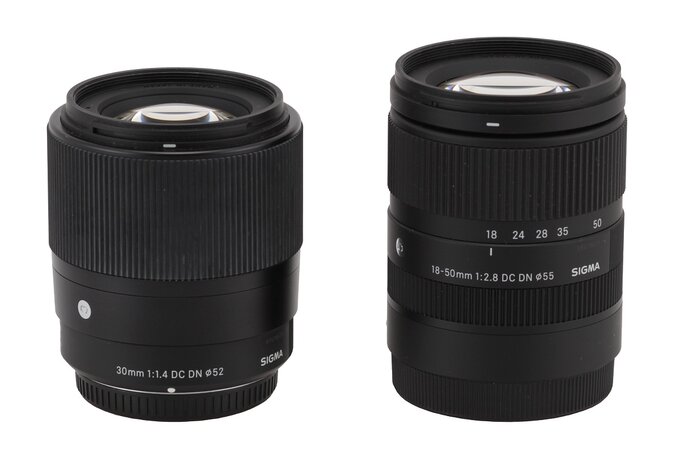 |
Please Support UsIf you enjoy our reviews and articles, and you want us to continue our work please, support our website by donating through PayPal. The funds are going to be used for paying our editorial team, renting servers, and equipping our testing studio; only that way we will be able to continue providing you interesting content for free. |
- - - - - - - - - - - - - - - - - - - - - - - - - - - - - - - - - - - - - - - - - - - - - - - -
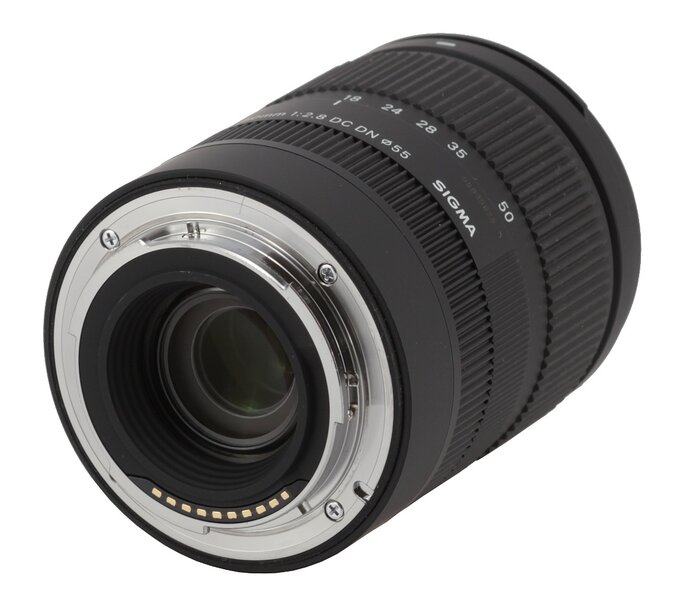 |
Further on you see a manual focus ring,12 mm wide, without any markings. It is a focus-by-wire construction and it moves quite smoothly. Even if you turn it quite quickly the focus throw amounts to over 400 degrees, a huge value, certainly allowing you very precise settings.
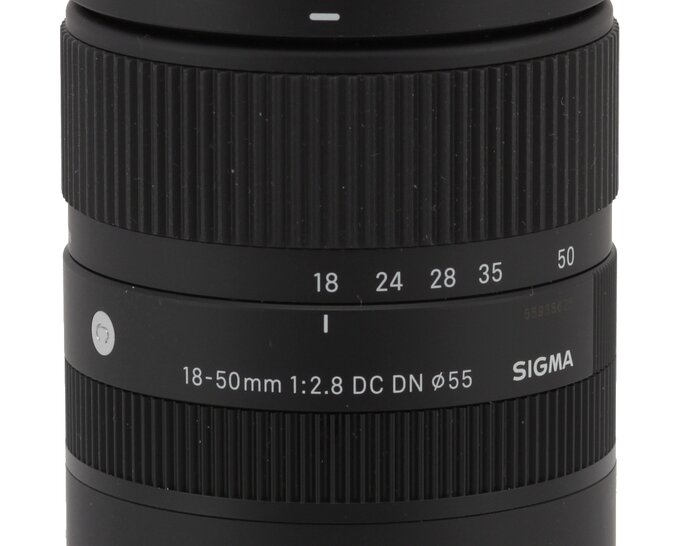 |
A zoom ring, 28 mm wide, is the biggest visible part of the barrel. Most of its surface occupy rubber ribs and below you can find focal lengths markings at 18, 24, 28, 35, and 50 mm, along with information that the lens was produced in Japan, and its minimum focusing distance that changes from 0.121 of a meter at 18 mm to 0.3 of a meter at 50 mm.The ring works properly well with a noticeable but still acceptable resistance that becomes more pronounced in a range from 35 to 50 mm.
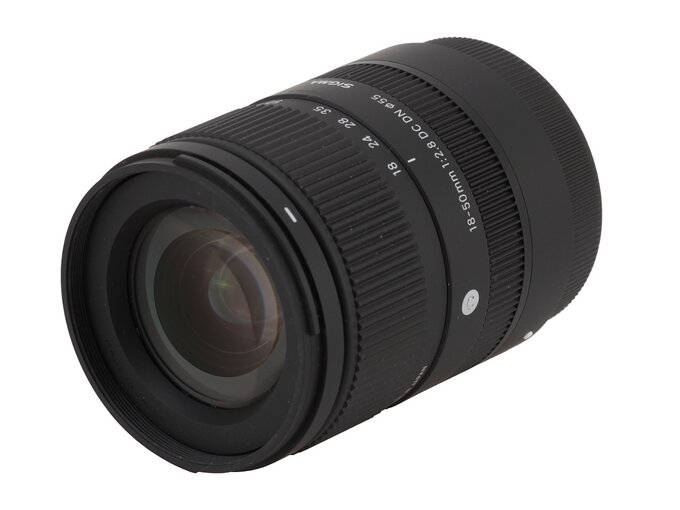 |
The front element is 40 mm in diameter, quite flat, surrounded by a part of the barrel with basic parameters of the lens and information that it was produced in Japan. Then you find a non-rotating filter thread, 55 mm in diameter, and a mount for a hood that is added to the box with the lens.
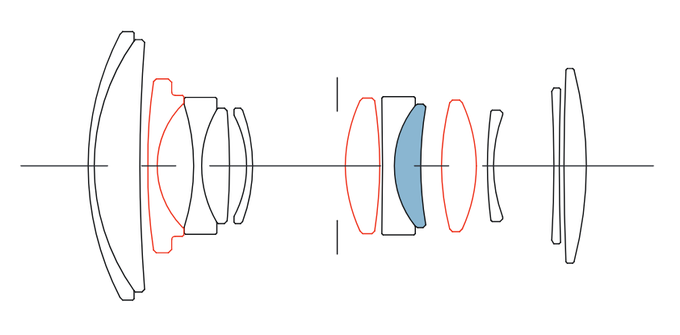 |
Buyers get in the box with the lens: both caps, and a petal-type hood.
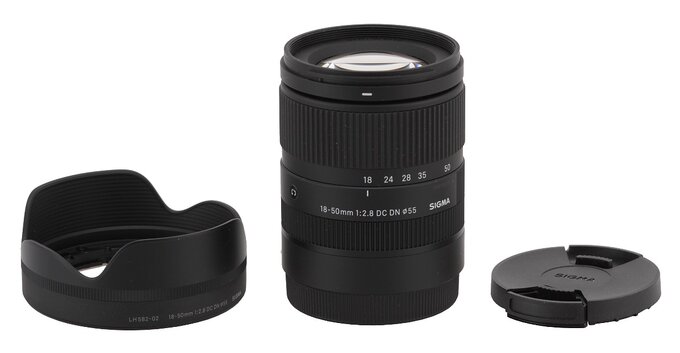 |






